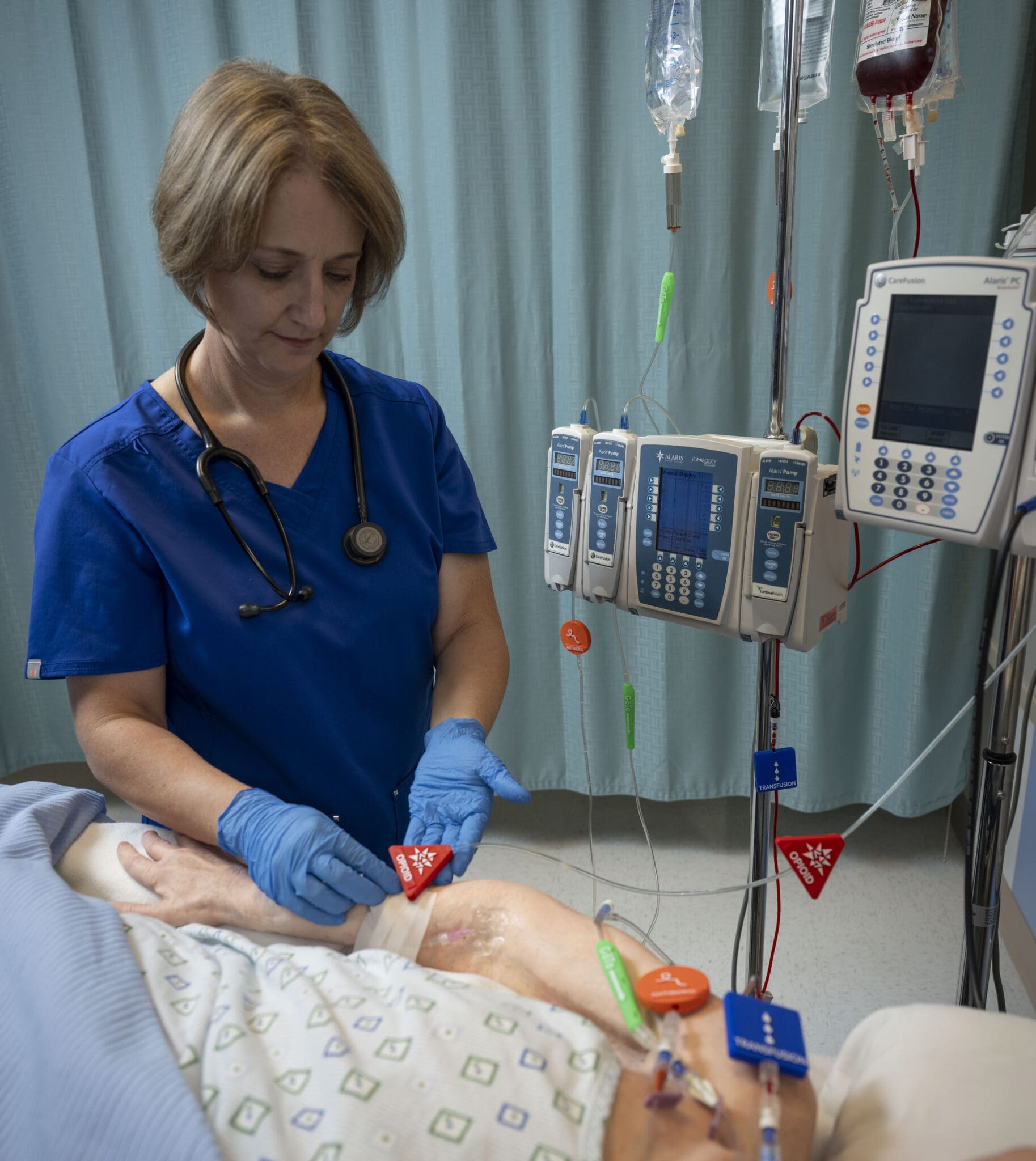This week is both International Infection Prevention Week and National Healthcare Quality Week, a week to bring attention to the efforts made everywhere to improve the quality of care and patient outcomes, and to applaud those who make those efforts. We’ve come a very long way from the 1800s when Ignaz Semmelweiss’ colleagues learned to wash their hands between autopsies and surgeries, or the 1900s, when lead aprons were added to radiology, or even the 1950s when a New Zealand physician invented disposable syringes.
Every year, exciting innovations are launched that build upon past impressive chemical, biological, and technological advancements to further innovate for patient safety and infection prevention. Yet, some of the best advancements we’ve made were the simplest. Let’s celebrate the best of the low-tech and no-tech tools that revolutionized patient safety!
Cleaning
Pre-1900s, surfaces and medical equipment were rarely cleaned or disinfected, leading to the accumulation of dirt, dust, and potentially harmful microorganisms. This lack of cleanliness contributed to the high rates of infections and the spread of diseases within healthcare settings. Florence Nightingale was a strong advocate for cleanliness to prevent infection, observing that sanitation often led to reduced infections.
Non-slip socks
The invention of non-slip socks with rubberized soles is credited to a company called GripSox. They developed these socks to provide better traction and prevent slips and falls, especially in hospital settings. The rubberized sole adds grip and stability, vastly reducing the chance of falls as patients recover.
Surgical checklists
Dr. Atul Gawande, a surgeon and writer, was inspired by Boeing pilots’ safety checklists to develop the surgical safety checklist in collaboration with the World Health Organization (WHO) and a team of experts. It seems so simple, yet it caused remarkable improvements for patients.
Sāfen® IV line identification tags
Medication line errors happen at a 50% rate per line, and over half are due to line confusion. Dr. Friedman’s invention tags each line, identifying the GōTo® (Normal saline or D5W, etc.) line separately from High Alert Tags that identify medications like Heparin that are at highest risk for errors, as well as a simple NōGo® port cover that creates a physical “hard stop.” The simple, bright, visible, and icon and haptic-encoded tags communicate clearly to care providers and patient support, enhancing patient safety in a no-tech manner.
We love a no-tech or low-tech invention that creates a high-impact solution that can prevent suffering or even save lives. Sometimes the simplest tools can bring the most profound changes—a checklist before surgeries, a rubber-soled sock to prevent falls, a snap-on tag to identify important meds. This IIPW and NHQW, let’s reflect on how even a small change to how we deliver care can have an immense impact on patients.


